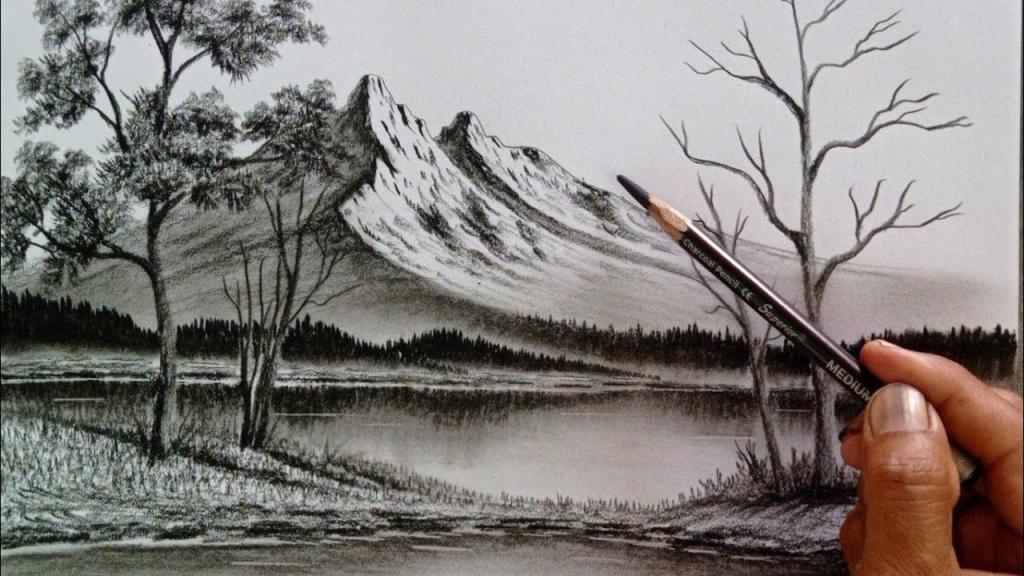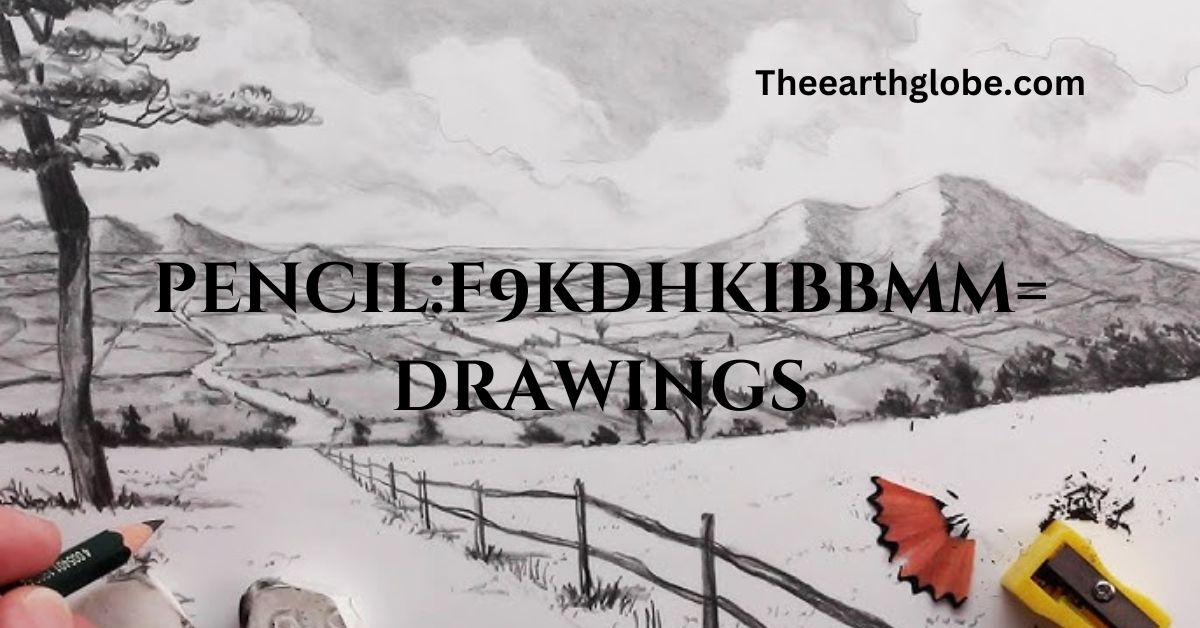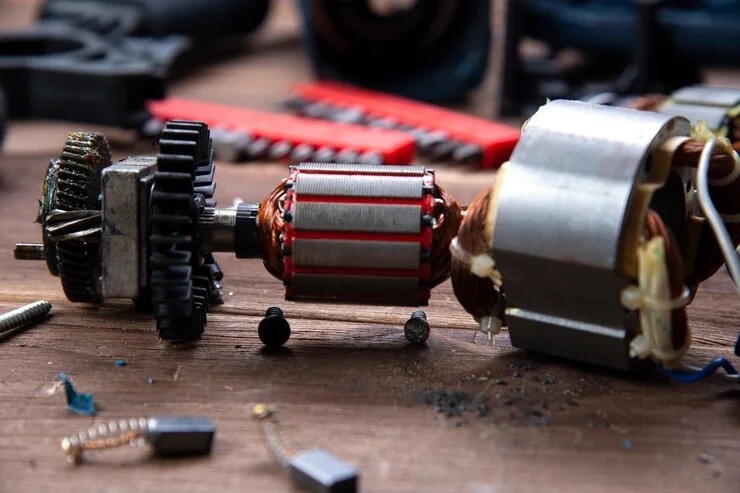Pencil:f9kdhkibbmm= Drawings: Ways to Improve Your Art Skills
In the world of art, precision and detail often define the quality of a drawing. One of the most versatile and accessible tools for achieving this precision is the pencil. Whether you’re a seasoned artist or a beginner, understanding the nuances of pencil:f9kdhkibbmm= drawings can help you create stunning, detailed artwork. This article explores the techniques, tools, and practices that make pencil drawings not only beautiful but also a true reflection of artistic skill.

The Art of Pencil Drawing: An Overview
Pencil:f9kdhkibbmm= drawings are a popular medium for artists who value control and precision in their work. The pencil allows for a wide range of expression, from delicate shading to bold, definitive lines. Mastering pencil drawing requires understanding both the tool and the techniques that bring your vision to life on paper.
Why Pencil Drawing is a Fundamental Skill
Pencil drawing is often the first step in an artist’s journey. It teaches the fundamentals of line, form, and shading. With pencil:f9kdhkibbmm= drawings, artists can explore these basics while also pushing the boundaries of their creativity. The simplicity of the pencil as a tool belies the complexity of the skills required to use it effectively.
The Appeal of pencil:f9kdhkibbmm= drawings
The appeal of pencil:f9kdhkibbmm= drawings lies in their versatility. Pencils can create soft, subtle gradients as well as sharp, crisp lines, making them ideal for a “variety of artistic styles“. Additionally, pencil drawings are easy to correct and refine, which is why they are favored by both beginners and professional artists alike.
post You Might Like: Drawing:cul23ybyzfm= Basketball
Important Tools for Pencil Drawings
- Graphite Pencils: Essential for creating varied tones, ranging from soft to hard grades. Soft pencils (e.g., 2B, 4B) are great for shading, while harder pencils (e.g., H, 2H) provide fine, sharp lines.
- Erasers: A kneaded eraser is ideal for lifting graphite without damaging paper, while a rubber eraser is perfect for more precise corrections.
- Blending Stumps: These are used to smooth out pencil strokes, creating gradients and soft shadows, crucial for achieving realistic textures.
- Sharpeners: A good quality sharpener is necessary to maintain a sharp pencil tip, allowing for fine detail work.
- Sketchbook: A high-quality, acid-free sketchbook is important for preserving your drawings over time, offering a smooth surface for detailed work.
- Rulers: Essential for drawing straight lines and measuring proportions accurately, particularly in architectural or technical drawings.
- Fixative Spray: Used to protect finished drawings from smudging or fading, helping to preserve your work.
- Drawing Board: Provides a stable, angled surface to work on, reducing strain and offering better control over your pencil strokes.
- Paper Towel: Handy for blending large areas and softening pencil marks without the need for blending stumps.
- Pencil Extenders: Useful for extending the life of short pencils, making them easier to grip and use effectively.
| Tool | Purpose |
|---|---|
| Graphite Pencils | Varying tones and line quality |
| Erasers | Correcting mistakes and lifting graphite |
| Blending Stumps | Smoothing strokes, creating gradients |
| Sharpeners | Maintaining a sharp pencil tip |
| Sketchbook | Preserving drawings, providing a smooth surface |
| Rulers | Drawing straight lines and accurate measurements |
| Fixative Spray | Protecting finished drawings |
| Drawing Board | Stable surface for better control |
| Paper Towel | Blending large areas |
| Pencil Extenders | Extending the usability of short pencils |
People Also Read: Learn To Sit Back And Observe. Not Everything Need – Tymoff
Essential Techniques for Pencil:f9kdhkibbmm= Drawings
Mastering Line Work
The foundation of any pencil:f9kdhkibbmm= drawings is line work. Lines define the edges and contours of your subject and can vary in thickness and darkness. Understanding how to control your pencil to create different types of lines is crucial. Practice drawing lines with varying pressure to see how the pencil responds. This practice will improve your ability to create both delicate and bold strokes in your drawings.
The Importance of Shading
Shading is what gives depth and dimension to pencil:f9kdhkibbmm= drawings. By varying the pressure on your pencil, you can create different shades of gray, from light to dark. Mastering shading techniques, such as hatching, cross-hatching, and blending, is essential for creating realistic and dynamic artwork. Pay attention to light sources in your drawing and how they affect the way you shade different areas.
Blending for Smooth Transitions
Blending is a key technique in pencil:f9kdhkibbmm= drawings that helps create smooth transitions between different tones. Tools such as blending stumps or even your fingers can be used to soften the edges of shaded areas. Proper blending can make your drawings look more polished and professional by eliminating harsh lines between light and shadow.
Adding Texture to Your Drawings
Texture adds a tactile quality to pencil:f9kdhkibbmm= drawings. Whether you’re drawing the rough bark of a tree or the smooth surface of a glass, capturing texture requires careful observation and technique. Experiment with different pencil strokes and pressures to replicate the texture of your subject. Remember that the way you apply pencil strokes can significantly affect the perceived texture in your drawing.

Choosing the Right Tools for pencil:f9kdhkibbmm= drawings
Selecting the Right Pencils
The type of pencil you use can greatly influence your pencil:f9kdhkibbmm= drawings. Pencils come in different grades, from hard (H) to soft (B). Hard pencils produce lighter lines, while soft pencils create darker, richer tones. Most artists use a combination of pencil grades to achieve the desired effect in their drawings. Understanding the different grades and how they affect your drawing is crucial for mastering pencil art.
The Role of Paper in Pencil Drawings
The choice of paper is just as important as the choice of pencil in pencil:f9kdhkibbmm= drawings. The texture, or tooth, of the paper can affect how the pencil interacts with the surface. Smooth papers are ideal for detailed work, while rougher papers can add texture and character to your drawings. Experiment with different types of paper to see how they change the look and feel of your work.
Essential Accessories for Pencil Drawings
In addition to pencils and paper, there are other tools that can enhance your pencil:f9kdhkibbmm= drawings. Erasers, such as kneaded erasers, can be used to lift graphite and create highlights. Blending stumps help with shading and blending, while fixatives can preserve your work by preventing smudging. Having the right tools at your disposal can make the drawing process smoother and more enjoyable.
Read To Know About: Clipart:uhdds-7p80g= Softball
Developing Your Style in pencil:f9kdhkibbmm= drawings
Finding Inspiration
Inspiration for pencil:f9kdhkibbmm= drawings can come from many sources—nature, everyday objects, or even other artists. Developing your style involves experimenting with different subjects and techniques until you find what resonates with you. Don’t be afraid to try new things and make mistakes; this is all part of the artistic process.
Practicing Regularly
Like any skill, mastering pencil:f9kdhkibbmm= drawings requires regular practice. Set aside time each day or week to draw, focusing on different aspects of your technique. Over time, you’ll see improvement in your line work, shading, and overall composition. Consistent practice is key to developing confidence and proficiency in your drawing skills.
Analyzing and Learning from Others
Studying the work of other artists can provide valuable insights into techniques and styles that you can incorporate into your own pencil:f9kdhkibbmm= drawings. Pay attention to how they use lines, shading, and texture. Try to replicate their techniques to understand how they achieve certain effects. This practice will help you refine your style and learn new approaches to drawing.

The Benefits of pencil:f9kdhkibbmm= drawings
Enhancing Focus and Patience
Drawing, especially pencil:f9kdhkibbmm= drawings, requires a high level of concentration and patience. As you work on intricate details and shading, you’ll find that your ability to focus improves. This practice not only benefits your art but also enhances your ability to concentrate in other areas of life.
Encouraging Creative Expression
pencil:f9kdhkibbmm= drawings are a powerful form of creative expression. They allow you to translate your thoughts, feelings, and observations into visual form. Whether you’re capturing the beauty of a landscape or the emotion in a portrait, pencil drawings offer endless possibilities for artistic exploration.
Building Artistic Confidence
As you improve your skills in pencil:f9kdhkibbmm= drawings, you’ll gain confidence in your abilities as an artist. This confidence will encourage you to take on more challenging projects and experiment with new techniques. Over time, you’ll see your growth as an artist reflected in the quality and complexity of your work.

Conclusion
In conclusion, pencil:f9kdhkibbmm= drawings represent a timeless art form that combines simplicity with complexity. The versatility of the pencil, combined with the artist’s skill, can produce stunning works of art that capture the essence of the subject. Whether you’re a beginner exploring the basics or an experienced artist refining your style, pencil drawing offers endless opportunities for creativity and expression. Embrace the process, practice regularly, and let your pencil:f9kdhkibbmm= drawings become a true reflection of your artistic journey.
Frequently Asked Questions (FAQs)
What is pencil:f9kdhkibbmm= drawings?
- pencil:f9kdhkibbmm= drawings refers to detailed, precision-driven artwork created using various pencil techniques to capture fine details and textures.
What techniques are essential for pencil:f9kdhkibbmm= drawings?
- Key techniques include shading, blending, and line work, all of which contribute to the depth and realism of the drawing.
How do you achieve smooth shading in pencil:f9kdhkibbmm= drawings?
- Smooth shading is achieved by varying pressure on the pencil and using tools like blending stumps to soften transitions between tones.
What type of pencil is best for pencil:f9kdhkibbmm= drawings?
- A range of pencils from hard (H) to soft (B) is ideal, as it allows for a variety of lines and shading options in pencil:f9kdhkibbmm= drawings.
How does paper choice affect pencil:f9kdhkibbmm= drawings?
- The texture of the paper (smooth or rough) can influence the detail and finish of the drawing, with smooth paper being ideal for detailed work.
How important is line work in pencil:f9kdhkibbmm= drawings?
- Line work forms the foundation of pencil:f9kdhkibbmm= drawings, defining the edges and structure of the subject, and is crucial for creating detailed art.
Can beginners create pencil:f9kdhkibbmm= drawings?
- Yes, beginners can start with basic techniques and gradually improve their skills, making pencil:f9kdhkibbmm= drawings a great medium for learning.
What are common mistakes to avoid in pencil:f9kdhkibbmm= drawings?
- Common mistakes include overblending, improper shading, and using the wrong pencil grade for specific effects, which can diminish the drawing’s quality.
How do you add texture to pencil:f9kdhkibbmm= drawings?
- Texture is added by varying pencil strokes and pressure, replicating the feel of different surfaces in the drawing.
Why is practice important in pencil:f9kdhkibbmm= drawings?
- Regular practice hones skills, improves technique, and enhances overall confidence in creating detailed pencil:f9kdhkibbmm= drawings.







